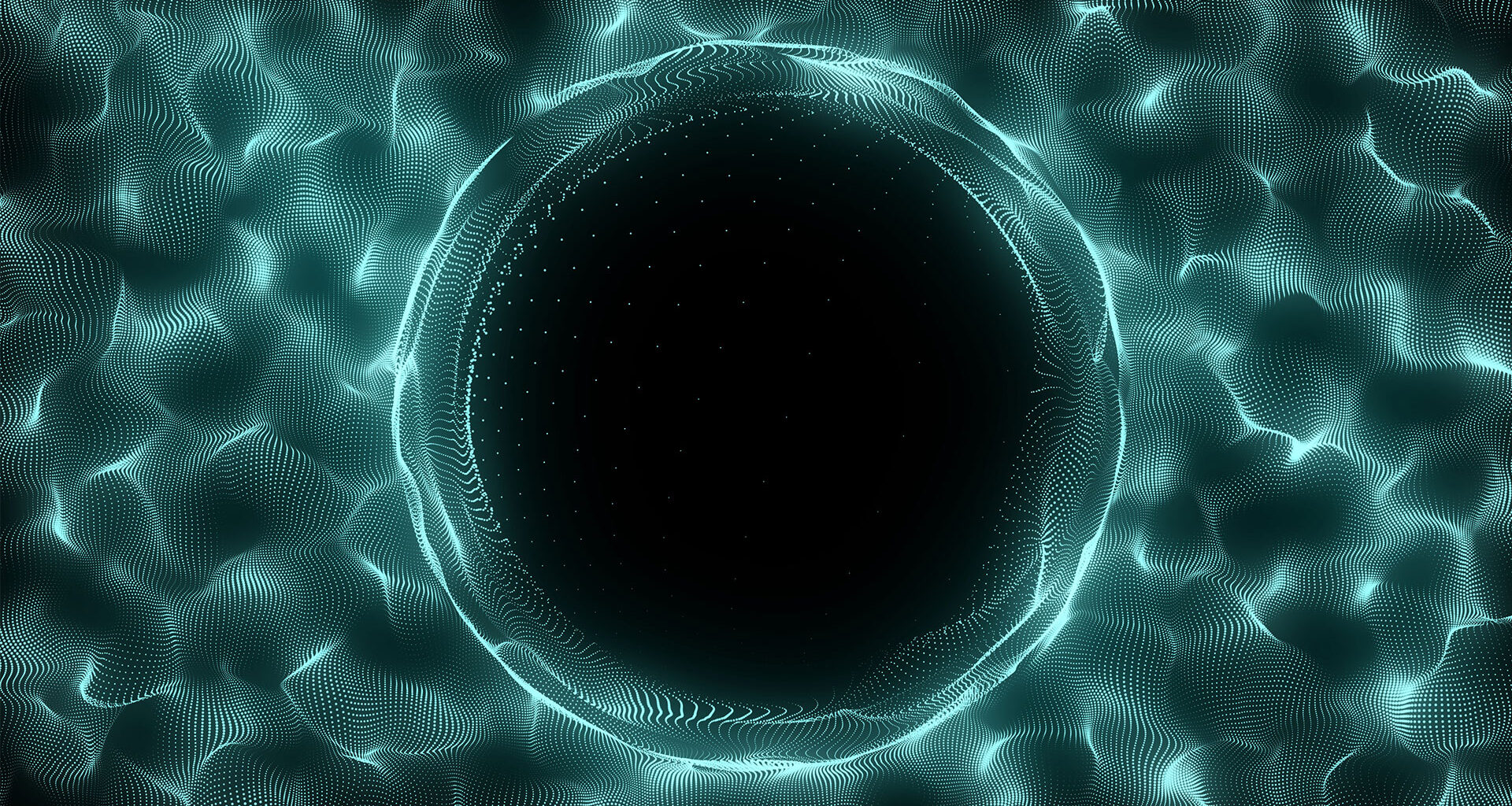It may sound unbelievable, but new research suggests that instead of being featureless, dark matter could actually behave like a cosmic superfluid, forming swirling vortex lines and stable rotating cores known as solitons inside galaxies.
If confirmed, this theory could reshape how scientists understand the hidden architecture of the cosmos, from the hearts of galaxies to the vast structures that connect them.
The study draws surprising parallels between the quantum world of Bose–Einstein condensates (BECs) and the grand cosmic scales of dark matter.
Turning dark matter into a superfluid
Dark matter makes up about 85 percent of all matter in the universe. It neither emits nor absorbs light, making it invisible to telescopes. Traditionally, scientists have described it as a collisionless fluid of particles, non-interacting and cold, known as cold dark matter (CDM).
This model successfully explains large-scale structures like galaxy clusters but struggles at smaller scales, where observations show smoother galaxy cores instead of the sharp density peaks CDM predicts.
To solve this mystery, researchers have turned to models involving ultralight axion-like particles, whose masses range between 10⁻²² and one electronvolt. These particles are, in fact, so light that they behave like waves rather than discrete particles, and their motion is described by a Schrödinger equation instead of the usual equations used for collisional matter.
When these particles also experience repulsive self-interactions, their behavior resembles that of a quantum superfluid, governed by a nonlinear Schrödinger equation called the Gross–Pitaevskii equation—the same equation used to describe Bose–Einstein condensates in laboratories on Earth.
In such superfluid systems, rotation behaves differently from ordinary fluids. Instead of spinning smoothly, the flow remains irrotational, meaning that rotation can only occur through quantized vortices—tiny regions where the fluid’s phase becomes singular, forming miniature whirlpools.
Now the question is: If dark matter behaves like this type of quantum fluid, could similar vortices form within rotating dark matter halos?
Simulating spinning dark matter halos
To find out the answer, the researchers combined analytical calculations and detailed numerical simulations of rotating dark matter halos.
They focused on what physicists call the Thomas–Fermi regime, where the size of the halo is much larger than the typical quantum wavelength (the de Broglie wavelength) of the dark matter particles. Their simulations began with spherical halos of ultralight dark matter provided with a small amount of angular momentum, resulting in a gentle cosmic spin.
The team then introduced random initial conditions and allowed the system to evolve according to the Gross–Pitaevskii equation, which naturally includes gravity and the repulsive interactions among dark matter particles.
Within just a few dynamical times (the time for matter to respond to gravitational forces), the halo underwent a fascinating transformation. It developed a rotating soliton, a dense, stable core that spun like a solid body.
This rotation was not due to a simple quantum mechanical spin of the entire wavefunction but emerged from a network of vortex lines threading through the halo.
These vortex lines—the cosmic equivalents of whirlpools—aligned themselves with the direction of the halo’s total spin. In the equatorial plane, they arranged into a regular lattice, creating a smooth, solid-body rotation.
The overall structure resembled an oblate spheroid, flattened along its rotation axis, and was dynamically stable as long as the rotational energy stayed smaller than the gravitational and self-interaction energies.
Interestingly, the simulations revealed that these vortices could act like “quantum scaffolds” within the dark matter halo, and the researchers suggest that vortex lines might even connect neighboring halos. “These vortex lines might further extend between halos to form the backbone of spinning cosmic filaments,” the study authors note.
What if this is true?
If dark matter truly behaves as a superfluid filled with quantized vortices, it could revolutionize both cosmology and particle physics. Such a model naturally explains how galaxies can rotate smoothly without requiring dense central cusps and could also predict unique gravitational signatures.
These findings also bridge an unexpected gap between quantum physics and cosmology. For instance, the same equations that describe cold atoms cooled to near absolute zero in laboratory BEC experiments could govern the invisible matter shaping galaxies billions of light-years away.
However, this is only the beginning. The current work focused mainly on simplified, rotating halos and relied on nonrelativistic simulations. The researchers now plan to extend their analysis to fully three-dimensional systems, where vortex lines become vortex rings, and explore how these structures interact and evolve.

